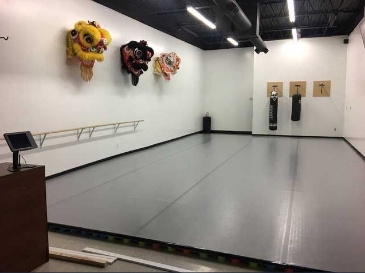Enhancing Ingenuity With Color Concept for Light Emitting Diode Movement Floor Layouts
Enhancing Ingenuity With Color Concept for Light Emitting Diode Movement Floor Layouts
Blog Article
Color concept represents an important aspect of aesthetics, particularly when it comes to designing LED dance surfaces. The interplay of colors can greatly influence the mood and vibe of a venue. By grasping how hues work together, creators can craft an environment that enhances the overall experience for participants. This piece explores the fundamentals of color principles and its use in LED dancing surface layouts.
The primary colors are red, blue, and yellow. These colors cannot be made by mixing different hues combined. Intermediate hues, such as green, tangerine, and purple, are created by combining main hues. Third-level hues are formed by mixing a primary color with a intermediate hue. Grasping these fundamental connections helps designers choose colors that complement one another and produce a aesthetically pleasing show. Combining these colors on an LED dance surface can result to vibrant and exciting outcomes that attract the attention of dancers.
Color temperature also holds a key role in design. Colors can be classified as hot or chill. Warm colors, such as red, tangerine, and golden, tend to evoke feelings of enthusiasm and heat. In opposition, cool colors like blue, emerald, and violet typically create a serene and soothing atmosphere. Designers can utilize these hue temperatures to set the mood for various kinds of occasions. For instance, a celebration environment may gain from warm colors that invigorate the audience, while a more relaxed occasion might employ cool colors to offer a soothing effect.
In addition to hue pairings and value, brightness and saturation are essential factors to consider. Brightness denotes to how bright or dark a color looks, while intensity measures the intensity of a color. Vivid, intense colors can create a lively and lively environment, ideal for dancing floors. On site here the other hand, gentler, lower saturated hues can generate a more subdued environment. Through manipulating luminosity and intensity, designers can draw focus to particular areas of the dancing surface or create sight routes, leading dancers through the space.
Ultimately, it is essential to consider the emotional impacts of color in light-emitting diode dancing floor designs. Various colors can evoke different feelings and responses. For example, crimson is often linked with dance floor rental installation services zeal and energy, while blue can be soothing and tranquil. Understanding these connections allows designers to tactically use colors to affect the behavior of dancers. Through incorporating color principles into light-emitting diode dance floor designs, designers can improve the overall experience, rendering it unforgettable and enjoyable for everyone participating.